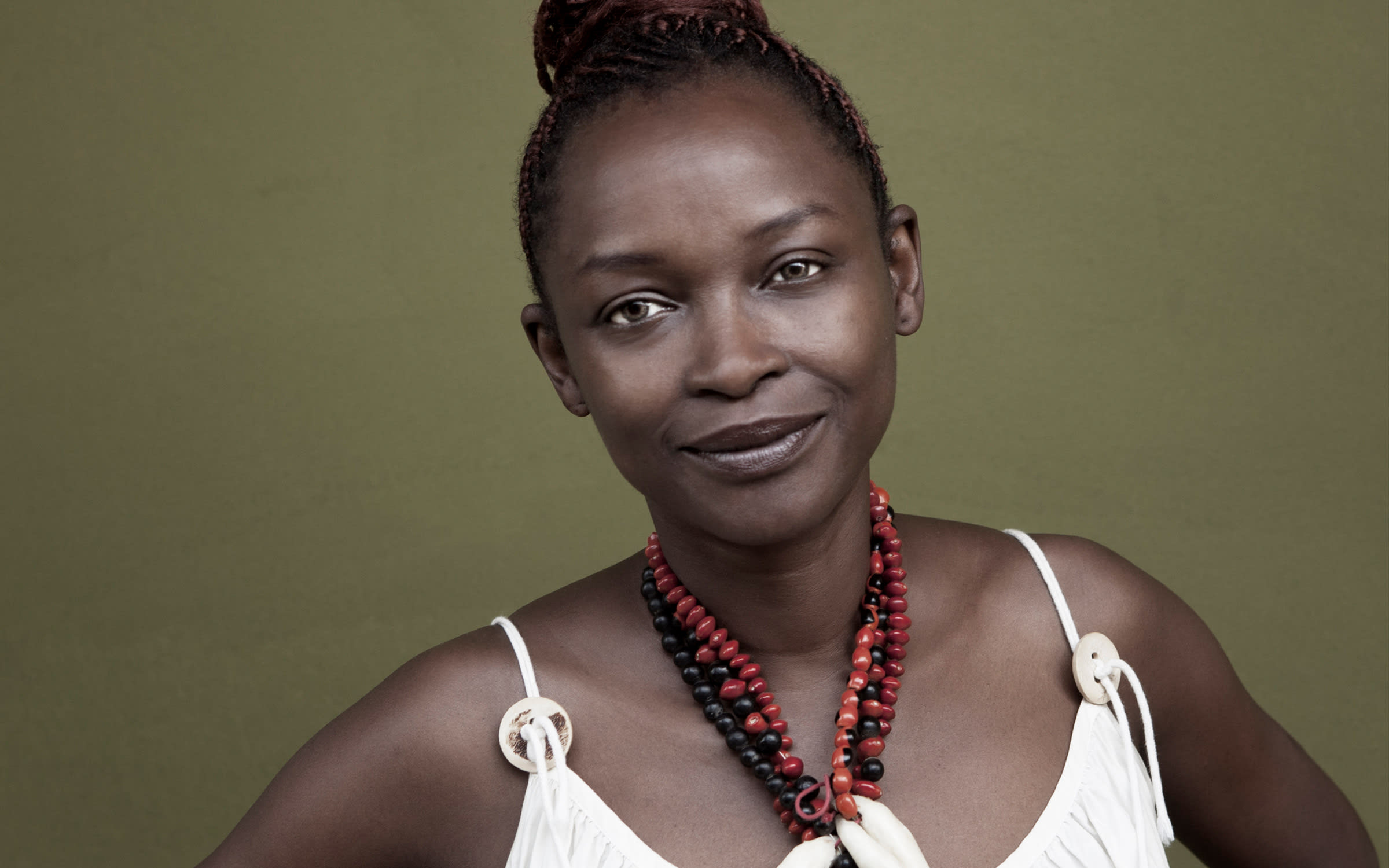Log in and subscribe to receive Art Basel Stories directly in your inbox.
Koyo Kouoh has been the executive director and chief curator of the Zeitz Museum of Contemporary Art Africa in Cape Town since 2019. Prior to that, she helped launch the 1-54 Contemporary African Art Fair, founded RAW Material Company – an art center in Dakar – and was on the curatorial teams for documenta 12 and 13, as well as of Les Rencontres africaines de la photographie, among many other exhibitions. A long-time Swiss resident before her relocation to the African continent, Kouoh received The Swiss Grand Art Award / Prix Meret Oppenheim in 2020. Here, she reflects on the first time she attended Art Basel and her favorite sector, Unlimited, which is dedicated to monumental artworks.

‘Even though I lived in Switzerland for many years and I became interested in art in my late teens, my very first time at Art Basel wasn’t until the early 2000s. Everybody knew about Art Basel, but I was never really interested in the market, so fairs were not on my radar. I didn’t visit Art Basel until I moved to Dakar in the late 1990s and I went back to visit. It was part of my “grand tour” in 2001 – I went to the Venice Biennale that year, too.
‘As a young art professional, I was eager to know how things worked, how things looked, and what kind of exchange you could have at an event like Art Basel, so I went out of curiosity. It was impressive to see the scope of the operation and the excitement, the exuberance, and the craziness of it all; but still, my first visit was very detached, I have to admit. In my opinion – and this may come as a surprise – an art fair is not an ideal space to experience art. Even though I was instrumental in the launch of 1-54, and I certainly reckoned with the ubiquity of art fairs, I still place myself tangentially to the market. My work is in a parallel sphere, and I like to keep that distance. 1-54 was a great and necessary political interlude in my professional trajectory in terms of being involved with an art fair, and I believe the post-COVID-19 future will bring new forms of relations through which the interdependence of the art industry will come more to the fore.
‘Art fairs 20 years ago, however, were quite different from what they are today. Over the course of time, I have grown to love Unlimited, and for the last 10 years, I’ve been to Art Basel almost every year because I have coincidentally happened to be in Basel for private reasons. If you happen to be in town, it’s very nice to meet friends and colleagues, catch up around a meal, walk through Unlimited, and attend some of the Conversations program. Unlimited is closer to the idea of an exhibition that I consider interesting in a context of an art fair, and, as I work discursively, the discussions that take place in the context of Conversations are sometimes interesting.
‘For example, at Unlimited, I loved the installation Cooking the World I [2017] by Subodh Gupta, as well as Hans Op de Beeck’s The Collector’s House [2016]. Matias Faldbakken once had a very interesting installation, 20.000 Gun Shells [2011], and of course one of my all-time favorites is Alfredo Jaar's A Hundred Times Nguyen [made in 1994, presented in Unlimited in 2018]. I also loved Claudia Comte’s installation, (NOW I WON) [2017], which was a set of activities set up outside, and it was impressive when Kader Attia smashed vitrines for Arab Spring [2014].
‘There’s one other experience that I’ve always found amusing: When you find yourself in Basel before the fair opens, you can really feel the energy of the city changing when what I call the “Jumbo Jet Art” lands. And when everything is over, you can also feel when the Jumbo Jet Art departs. This is impressive for an otherwise laid-back small Swiss town.’
Top image: Koyo Kouoh. Courtesy of Zeitz MOCAA, Cape Town.

